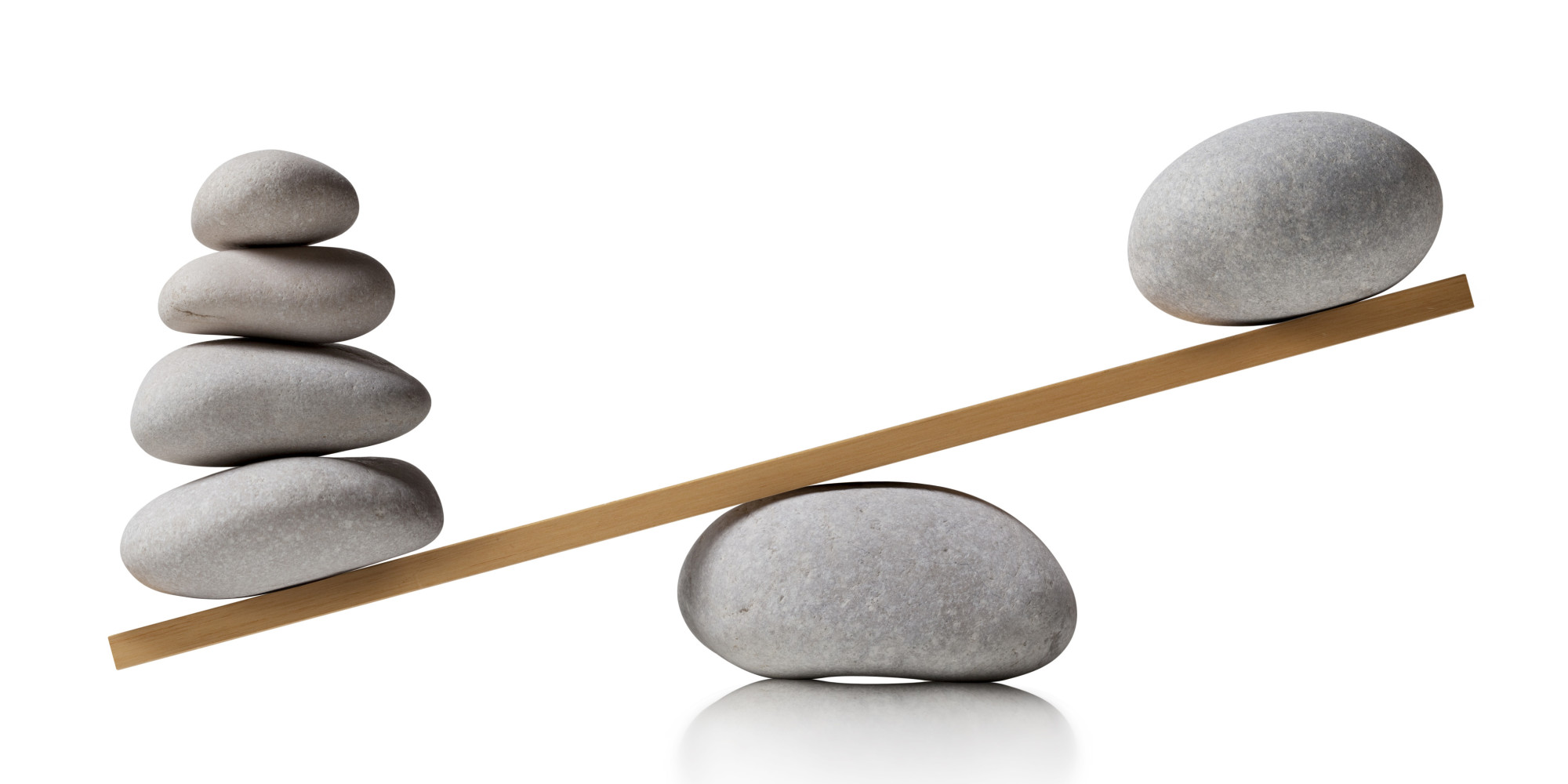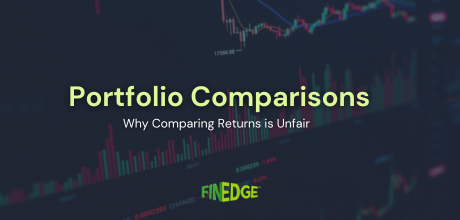Top Three Balanced Funds to Invest in 2017

Balanced funds offer a mix of equity and debt, providing stability while capturing market growth. Top options like ICICI Prudential Balanced Advantage, Birla Sun Life Balanced ‘95, and DSP BlackRock Balanced Fund balance risk and reward. Assess risk tolerance before investing as part of a diversified portfolio.
|
Fund |
AUM |
3-year returns* |
5-year returns* |
|
ICICI Prudential Balanced Advantage Fund |
19,043 Cr |
12.21% |
16.18% |
|
Birla SL Balanced ‘95 |
8,754 Cr |
15.17% |
18.74% |
|
DSPBR Balanced |
4,473 Cr |
|
|
|
*returns as of 23-Jun-17 |
|||
If you’re keen to participate in the growth potential offered by the equity markets, but are jittery about their choppiness and volatility, you might want to consider investing into balanced funds instead of pure Equity funds. Balanced Funds, or “Hybrid Funds”, could be of two kinds – debt oriented and equity oriented. Debt Oriented hybrid funds, as the name suggests, invest the bulk of their assets (between 75% and 95%) into fixed income securities that possess lower risk and lower return potential than equities. Equity Oriented Hybrid Funds, on the other hand, invest at least 65% of their assets into stocks, making them riskier in nature.
If you’re keen to add an edge to your portfolio using balanced funds, here are three top performing balanced funds you could consider for investment in 2017:
ICICI Prudential Balanced Advantage Fund
Although positioned as an equity oriented hybrid, ICICI Prudential Balanced Advantage is really more of a “dynamic asset allocation fund”. The fund adjusts it’s spit between equities and debt daily, depending upon an in-house valuation indicator that signals just how overvalued or undervalued the broad markets are at a given point in time. This ensures that the fund plays contrarian to prevailing market sentiment; booking profits steadily as markets move up, and buying equities as markets start to come down. To ensure tax efficiency, the fund keeps its ‘net equity’ percentage at a minimum of 65%, using hedged equities to fulfill gaps that arise if markets move up to unreasonable valuations. Launched in 2006, this has now evolved into one of India’s most popular Mutual Fund schemes, with an AUM exceeding Rs. 19,000 crores.
Birla Sun life Balanced ‘95
Birla Sun Life Balanced ’95 has truly seen it all. Launched in 1995 as Alliance 95 fund, the fund is still going strong, 22 years later. The fund switches deftly between sectors and market caps, and is quick to adapt to evolving market scenarios. On the fixed income side, the fund prefers to minimize credit risk by maintaining a higher than average exposure to sovereign rated debt. On the equity side, it displays an inclination towards growth stocks from the large-cap category. The fact that Birla Sun Life Balanced 95 has delivered a 10-year return exceeding 13% per annum further would give investors with long enough time horizons confidence to deploy moneys into it, despite markets not being cheap at this time. The fund also has an excellent dividend payout track record.
DSP BlackRock Balanced Fund
DSP BlackRock Balanced fund is another equity oriented hybrid fund with an outstanding track record spanning 18 years. On the fixed income side, the fund tends to minimize credit risk by investing into AAA rated securities. For its equity holdings, the fund mainly concentrates its investments into blue chip stocks with lower volatility – with a 10-15% allocation to small cap stocks that could lend a fillip to its long term returns without overtly compromising its positioning in terms of risk/reward. The fund is currently bullish on Financials, Construction, and Energy stocks now, with 40% of its sectoral concentration taking place in these three.
End Note for Investors
While Balanced Funds have been traditionally positioned for moderate risk investors, one needs to keep in mind that they can, in fact, be quite volatile. Assess your risk tolerance carefully before you invest into them. Do not view them as an alternative to your fixed deposits or bond investments, but invest into them as part of a carefully planned asset allocation strategy.
Your Investing Experts
Relevant Articles
Why Comparing Investment Returns Can Be Misleading
At some point, most investors have compared their investment returns with a friend, a colleague, or a number they saw online and wondered why their outcomes looked different. While this instinct is natural, return comparisons are often incomplete and, in many cases, misleading. Understanding why returns differ is far more important than comparing the numbers themselves.
CAGR vs XIRR vs Absolute Return: Understanding Which Return Really Matters
When reviewing investment performance, investors often come across multiple return figures absolute return, CAGR, and XIRR. While these numbers may appear similar, they measure performance very differently. Understanding what each metric represents, and when to use it, is essential for making informed investment decisions and setting realistic expectations.
Responsible Credit Card Usage: Three Principles Every Consumer Should Follow
Credit cards are powerful financial tools when used correctly, offering convenience, rewards, and short-term liquidity. But when used without discipline, they can quickly turn into high-interest liabilities. Understanding a few essential principles can help you manage your cards responsibly, maintain a strong credit score, and avoid stress caused by compounding debt.
.png)

.png)
.png)